Because of their functions, the design of border barriers needs to include a set of very specific properties. First of all, instead of following a nice form that facilitates the flow of energy such as a circle, they need to espouse the exact delimitation of the terrain between two countries. It would not do to give the enemies even only a patch of land that does not belong to them, after all!
Secondarily, sections of the border barriers need to be able to move smoothly so as to follow the physical borders when they change through war and conquest. This is generally impossible to do with a ward without letting it fall down and recasting it—attempting to move an inadequate ward will only make it crash. Doing such a thing is of course inconceivable for border barriers, as this would leave the whole country defenceless for a length of time ranging from a few hours to a few months. In addition, recasting such powerful magic would require a huge amount of energy, as the empowering of a ward system is always more expensive than the maintaining of it whether in its activated or inactivated form.
Thirdly, one imperative condition for border barriers is to absolutely never become dangerous to the people living inside of them, as this would be completely anathema to their function. This means that some special precautions need to be taken to prevent the border barriers for ever being turned against their inhabitants by would be attackers as is possible for wards.
Fourthly, the barriers need to be linked to one person:, the monarch. Nevertheless, once the monarch dies, the barriers cannot fall until the heir bind themselves to them as is the case with wards. To avoid this, conditions are implemented into the barriers to ensure their smooth transfer to a previously designed heir or, depending on countries, to the chief of government, religious leader or leader of the senate.
Where does the magic come from?
Border barriers are simply enormous. That huge scale means that an equally huge amount of magic is needed to first power them and then to activate them. The first empowering is usually done with human sacrifices, however this is not a method that is viable to replicate in the long term. For this, a constant stream of power needs to be provided, and while punctual human sacrifices are always good to reinforce the base of the barriers, another type of energy is necessary in between the sacrifices. Burning coal to use of the ancient magic of dead plants and animals is another way to get a temporary but still limited burst of power.
What humans have been doing for as long as border barriers have existed is to combine a small amount of magic from all of the inhabitants, plants and animals living inside the limits of the barriers. This method allows for an easy variation in time of crisis of the amount of energy input into the barriers. Increasing the amount of energy taken should however be done with caution, as if the amount is too high there is a risk of premature death in a lot of people (unborn foetus, recently born babies, and sick, injured or old people). This also reduces the amount of magic and energy all people have for their daily tasks and reduces the productivity of the country. For all of these reasons, increasing the amount of magic taken is extremely unpopular, and unless it is done for a short amount of time it tends to lead to rebellions.
How effective are border barriers?
Of course, border barriers cannot make perfect protections or invasion would never occur at all. Barriers function more as a warning system to prevent an army from crossing over without being notice than as fully fledge wards.
Depending on the magical strength of a country and its inhabitants, some barriers can have a more concrete physical presence. Still, those types only stop magically weak individual. This represents around 25% of people for average barriers, and 50% of people for stronger barriers—generally barriers reinforced because of a war. An important exception is the Austrians which are known to reach 75% of individuals blocked from going through the barriers, although only for brief strategic moments.
Damned Austrians ready to sacrifice their own people to gain the smallest advantage—and even more if it's
only the Flemish and Wallons! Just ask the colonel what it's like being under their tender care...
While it is also possible to prevent some powerful or specific individuals or artefacts from going through, it is rarely viable to make barriers so specific, as it would allow the rest of the population to go through much more easily.
Even if barriers do not have a physical presence and allow people to go through them, they are not harmless magic. Prolong contact with a barrier can lead to its magical energy running havoc in a person's body and lead to death. This is considered a particularly torturous method to kill someone and is commonly used against traitors.
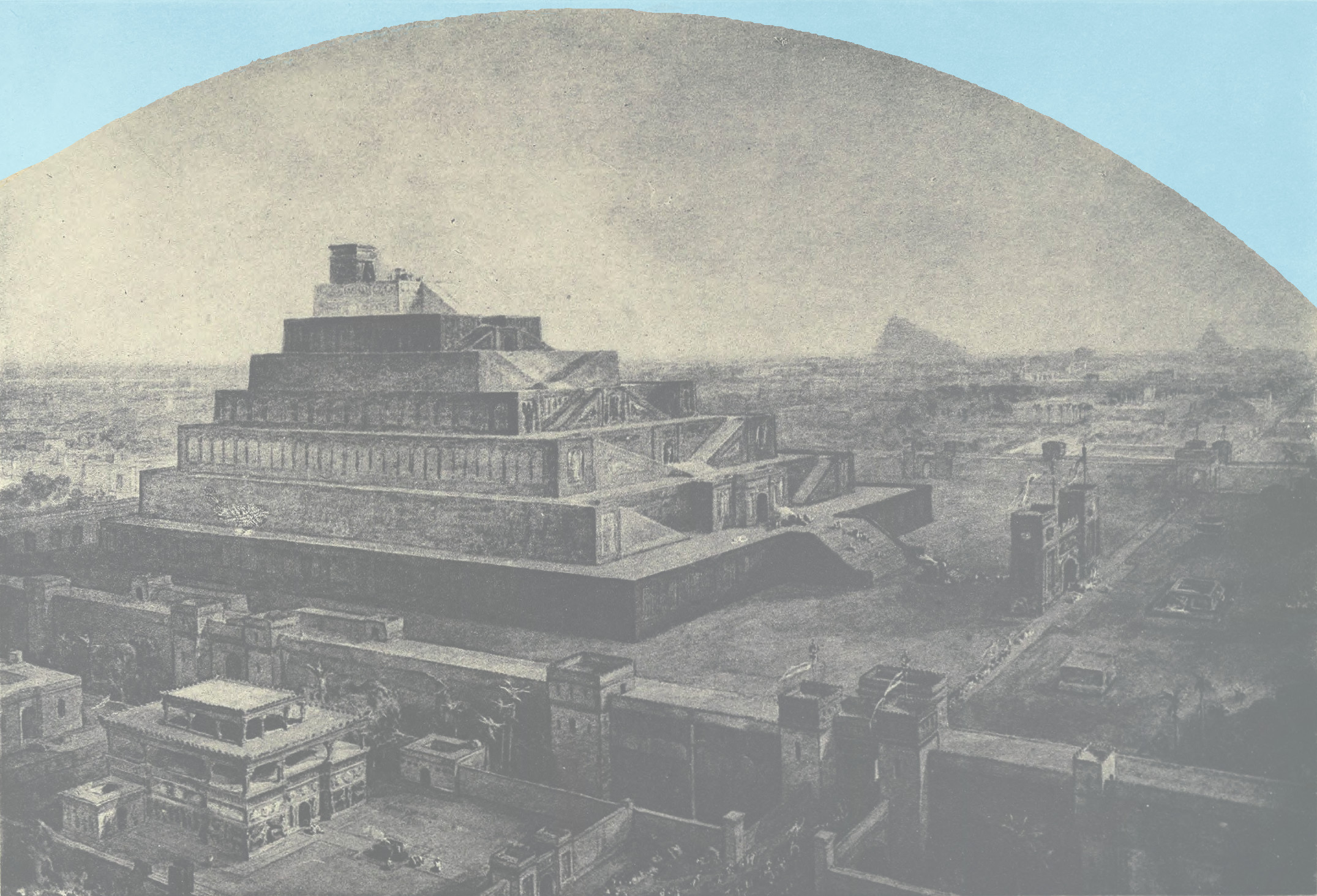

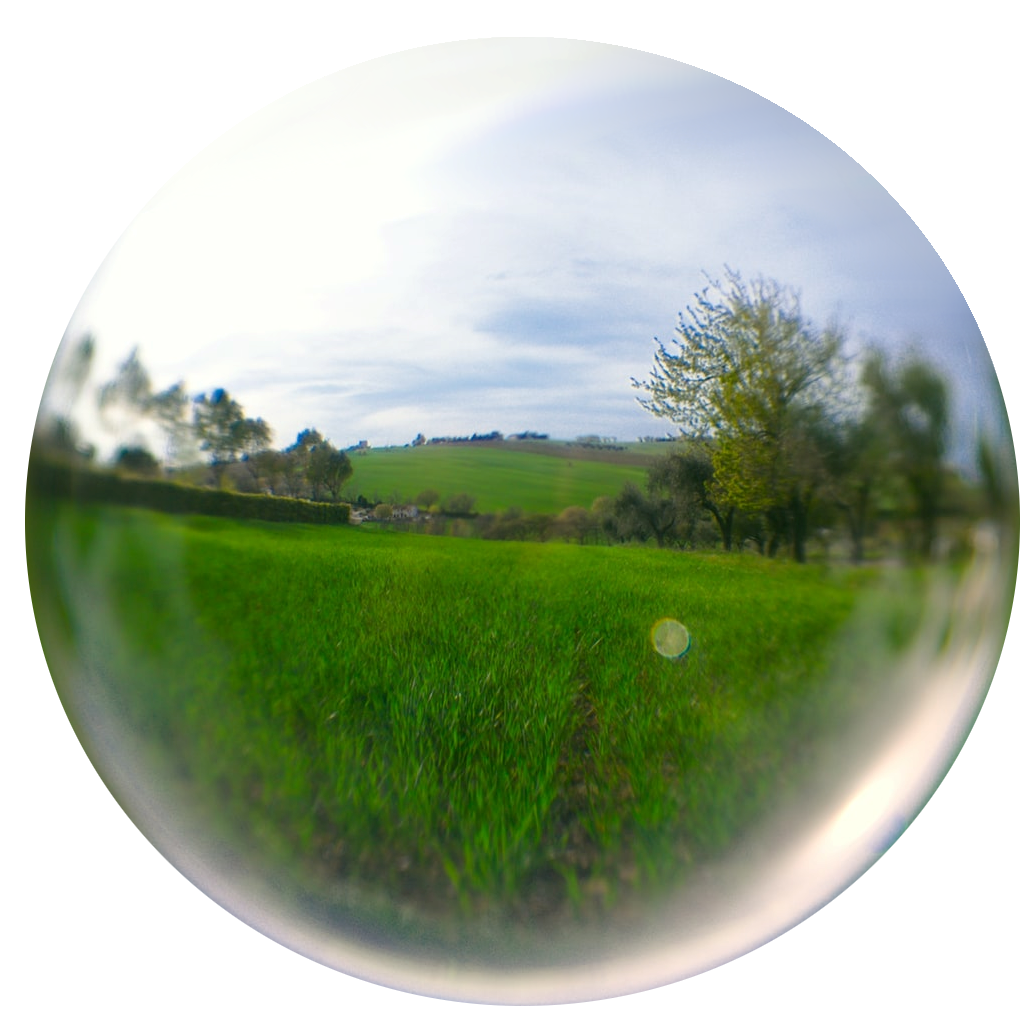
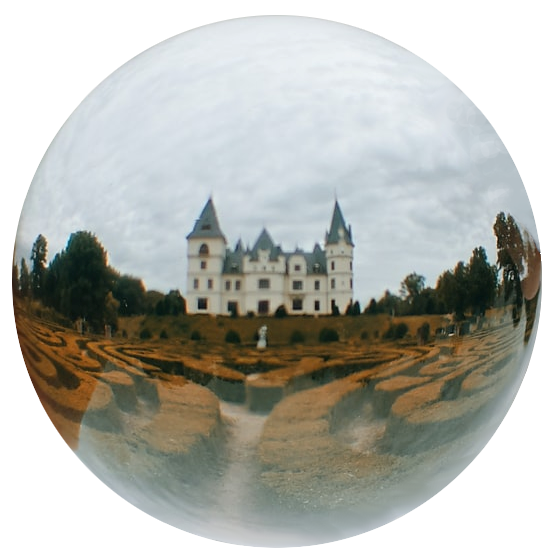
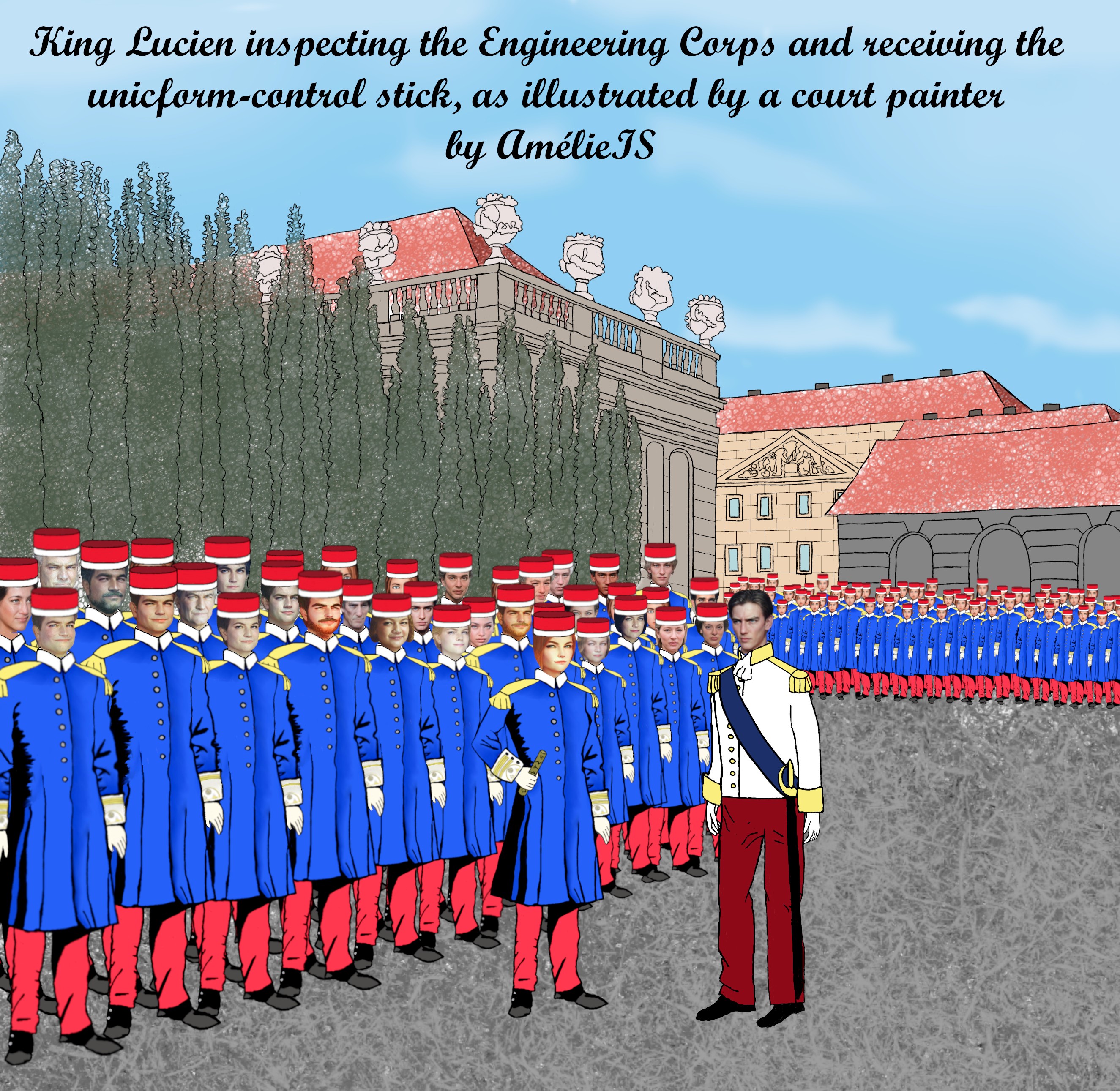
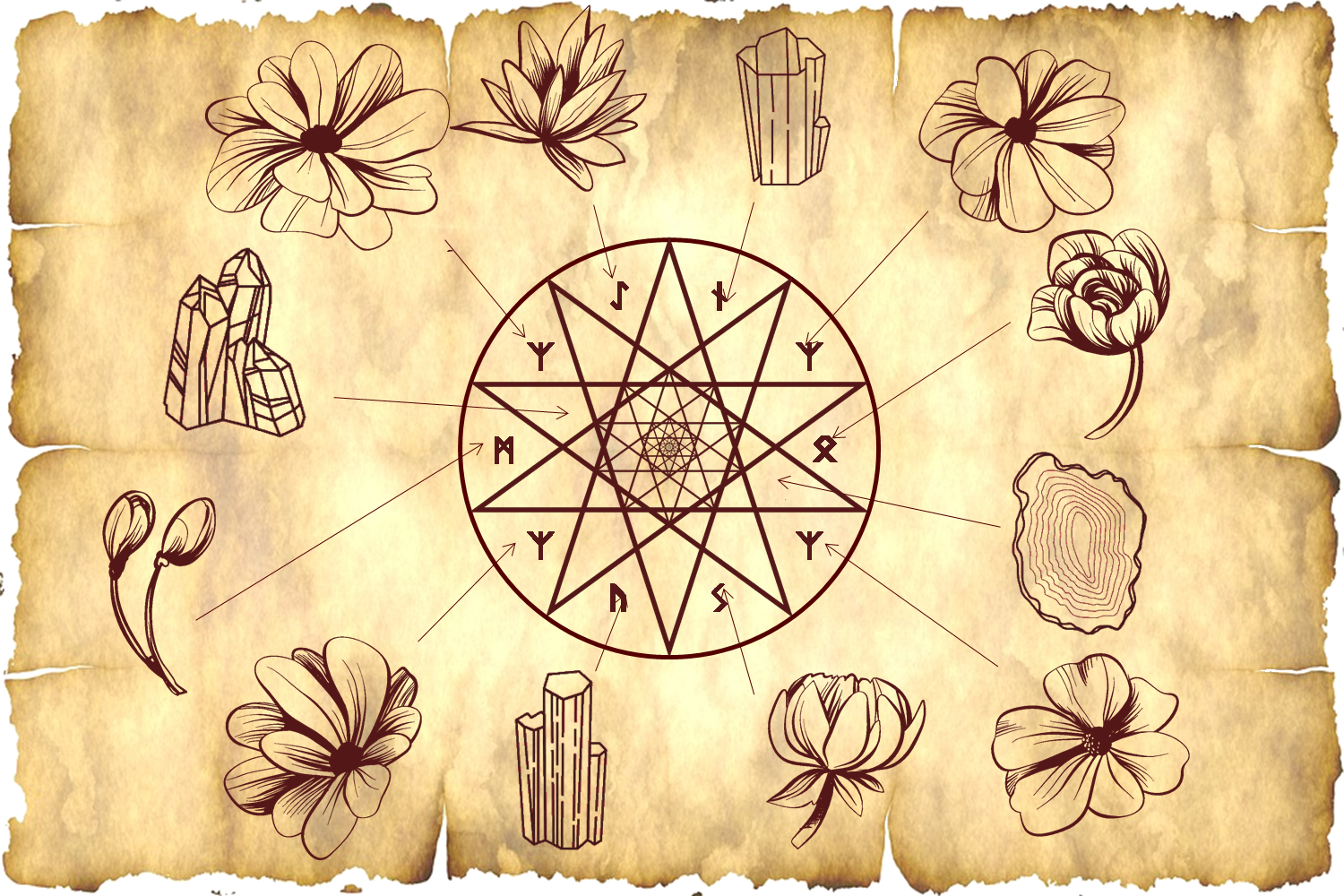

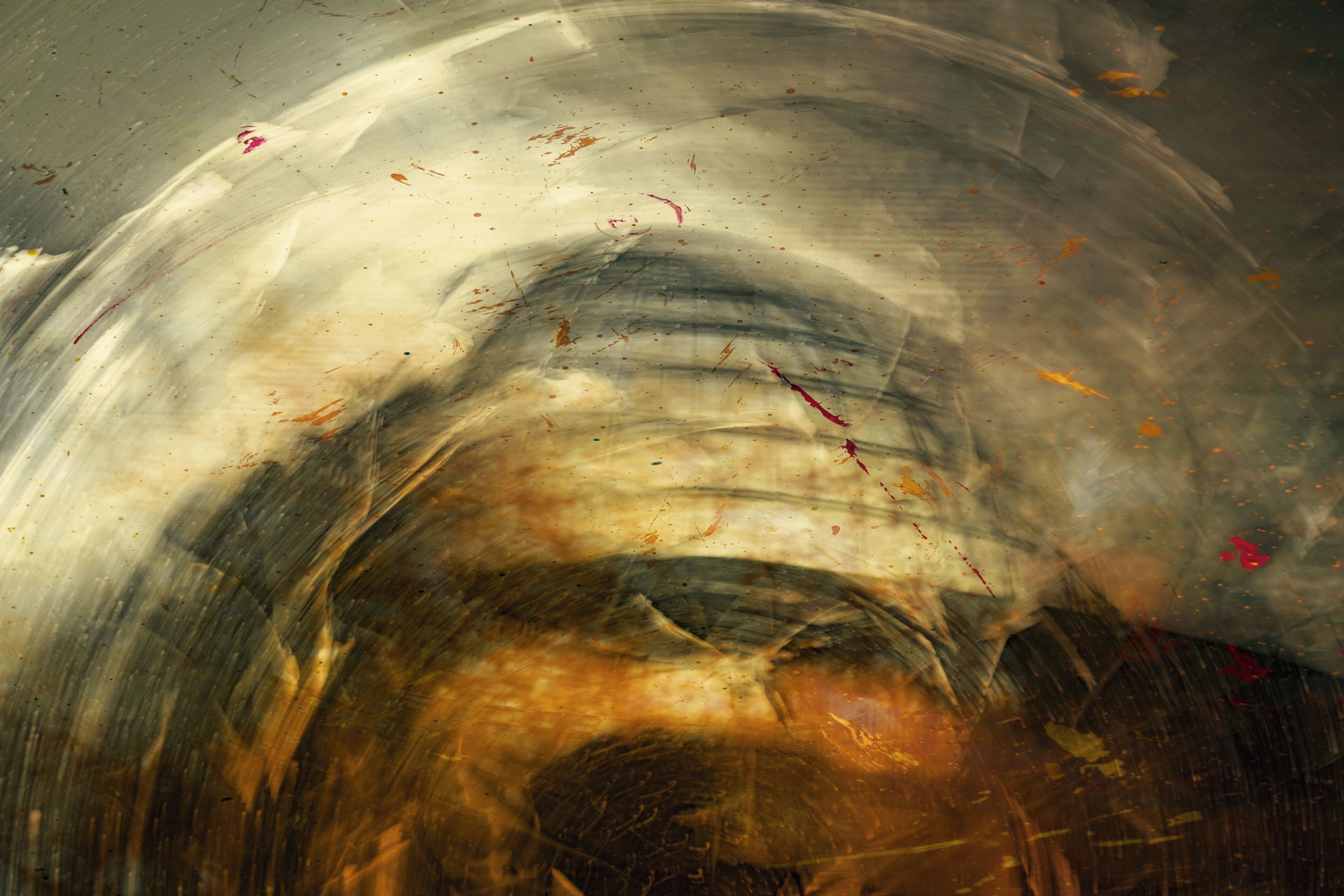

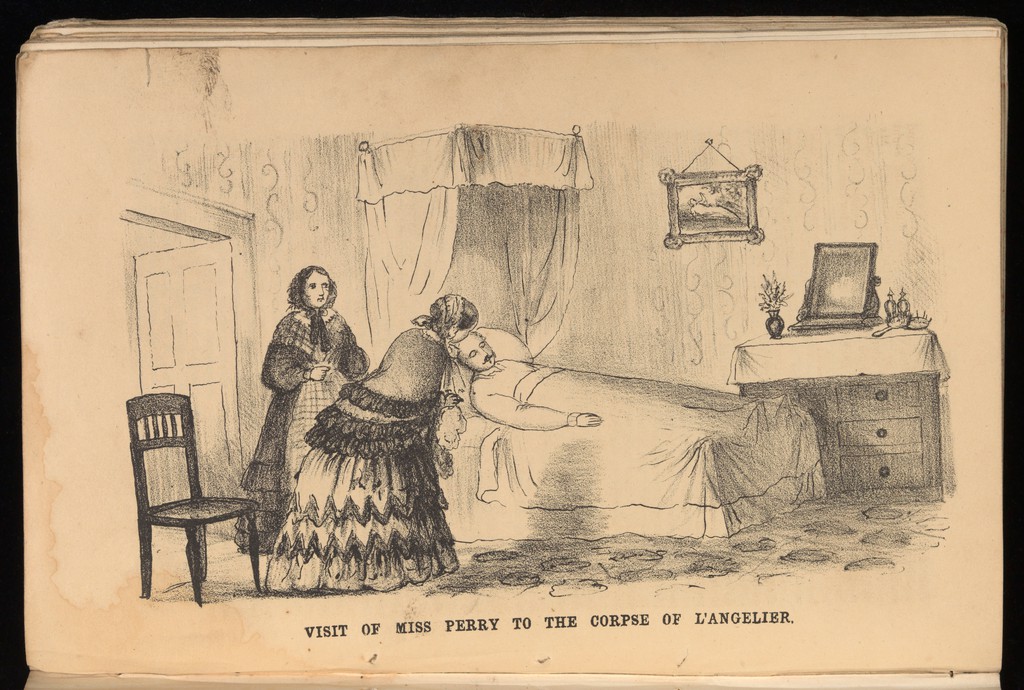
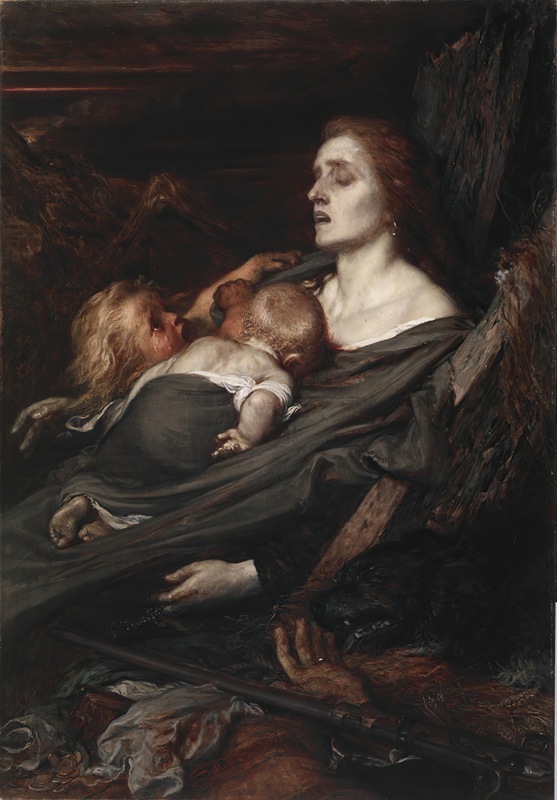

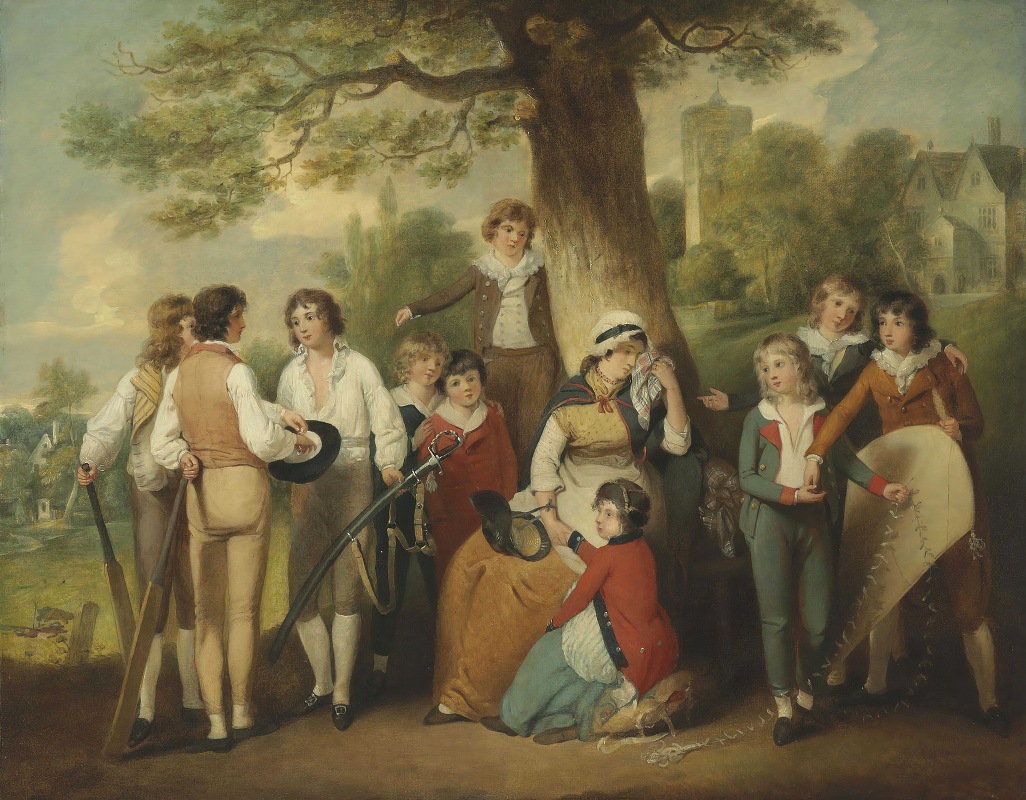





This was really interesting to read. I love how you gave your magic a need for a source. whether that is burning coal or sacrificing your firstborn.
You make me realised this story is missing some newborn sacrifice :p
OH noo :O lol, glad I could be of assistance!